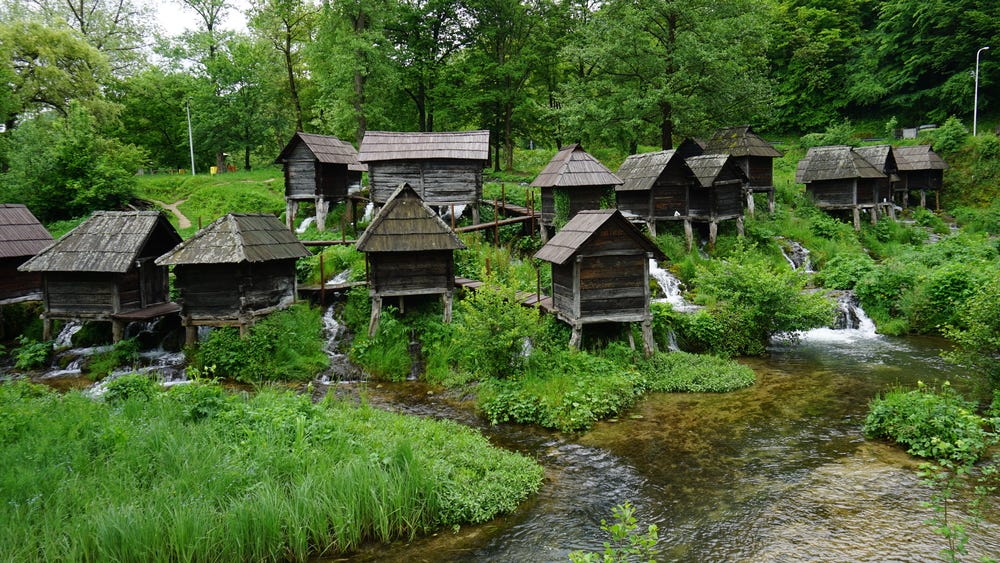"Mlinčići" near Jajce in Bosnia and Herzegovina
Jajce is a town in central Bosnia and Herzegovina in the federal canton of Central Bosnia.
Keep reading with a 7-day free trial
Subscribe to Coffee and Rakija to keep reading this post and get 7 days of free access to the full post archives.



